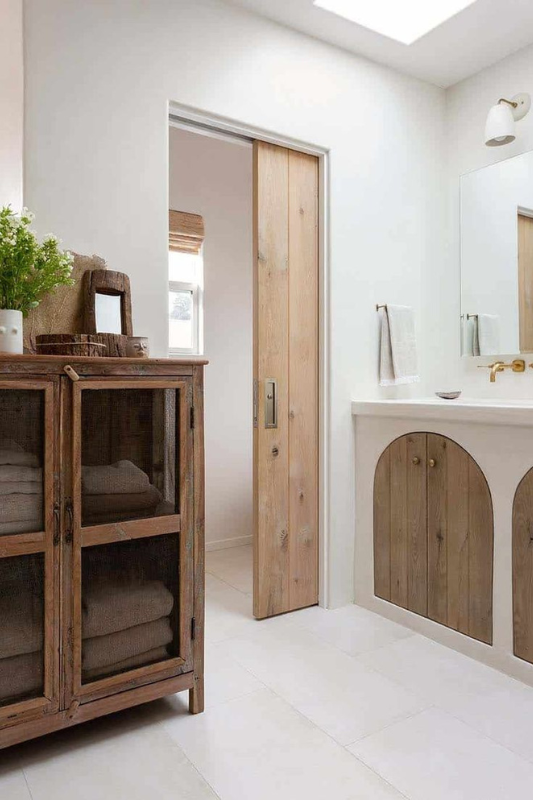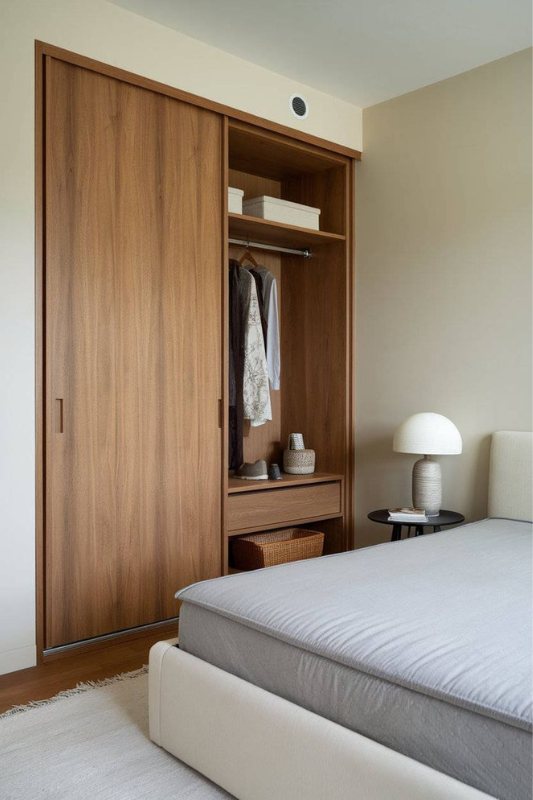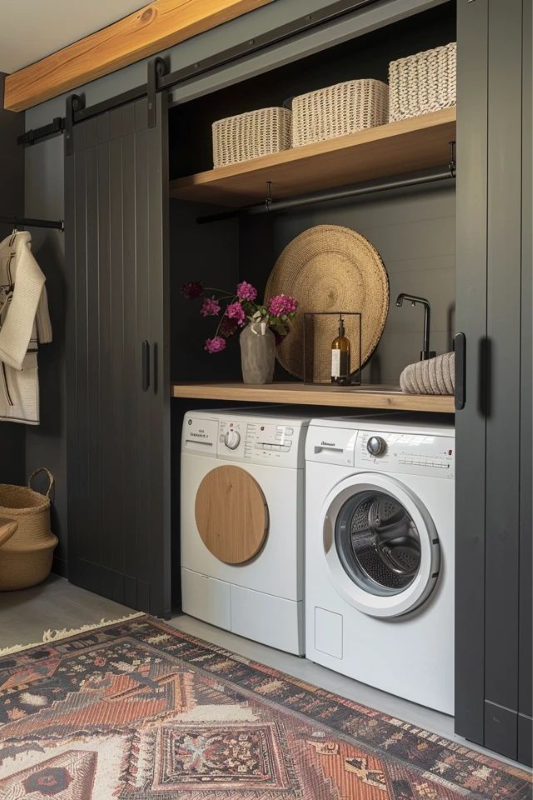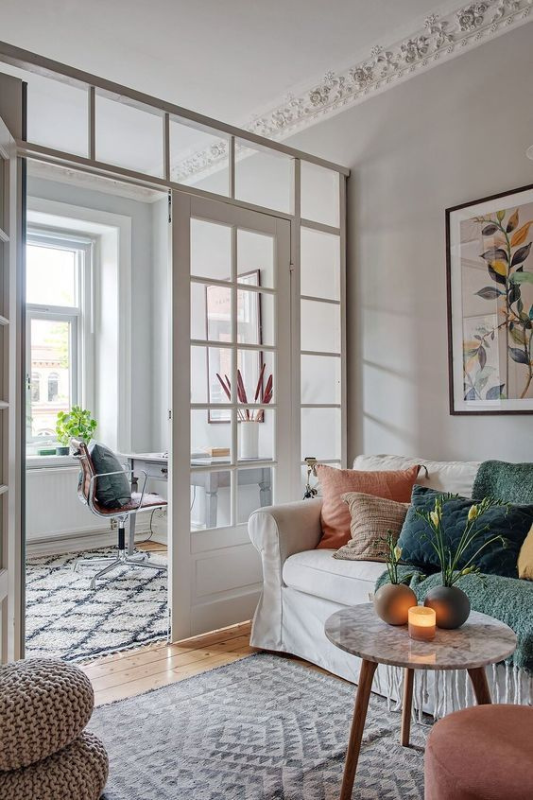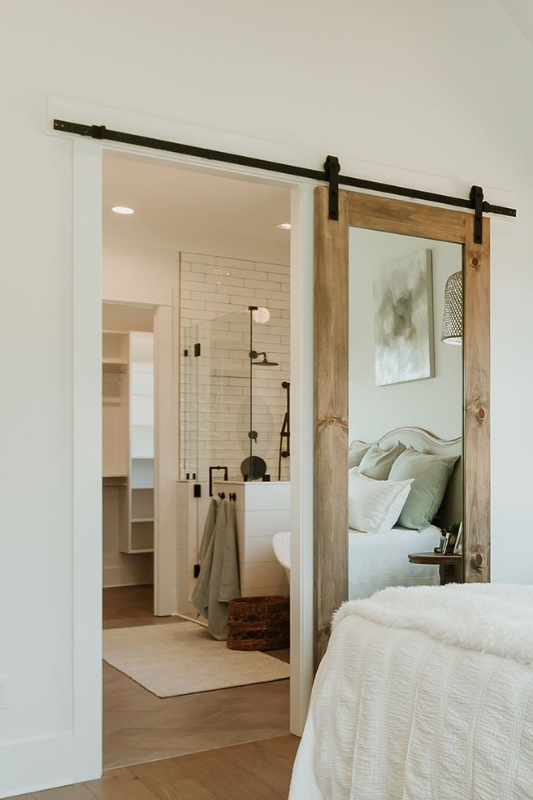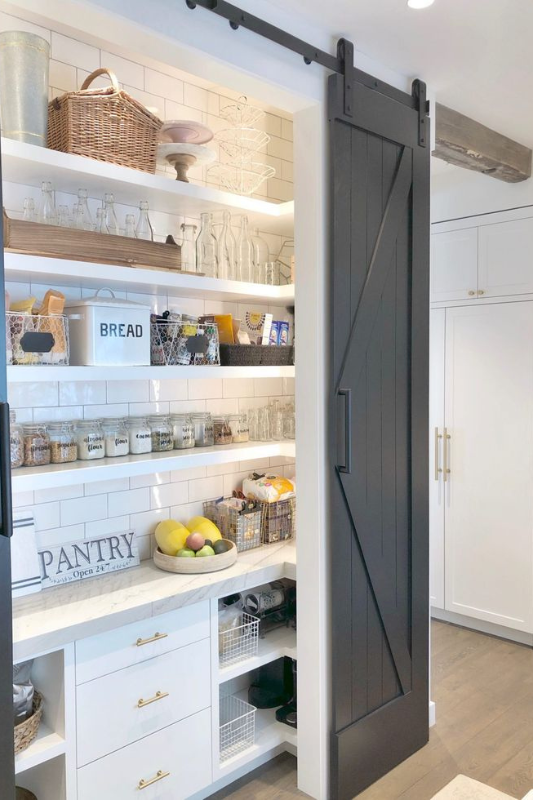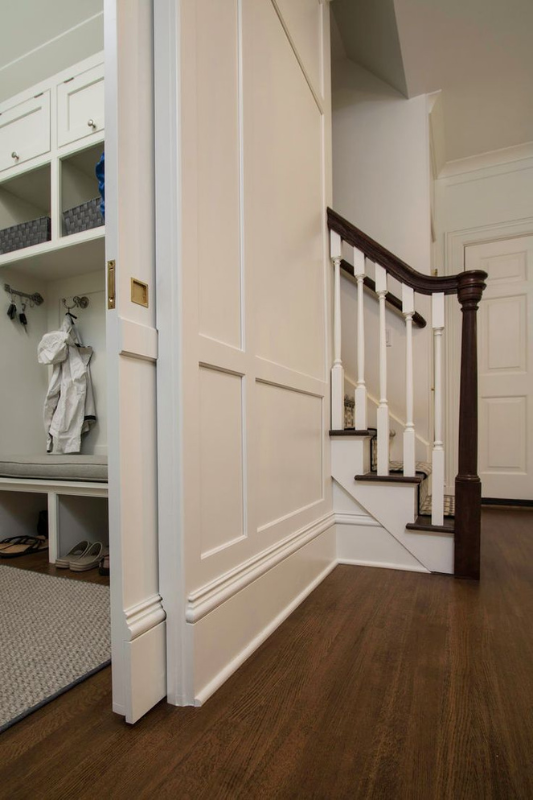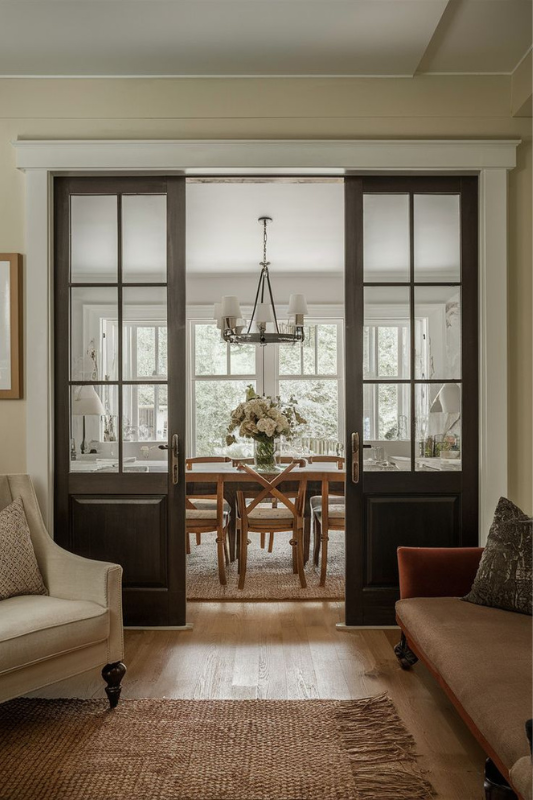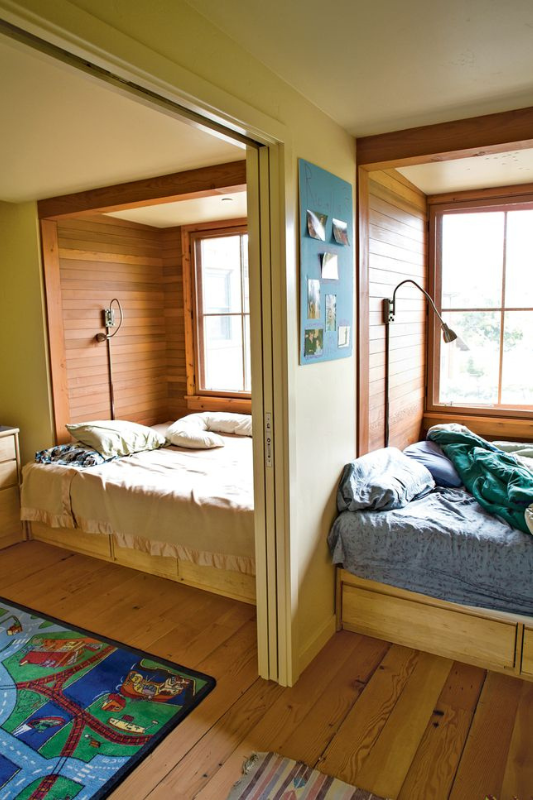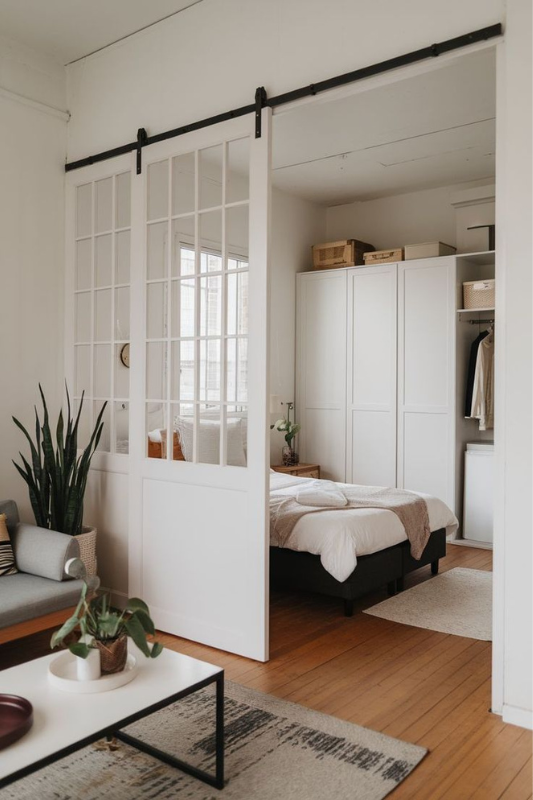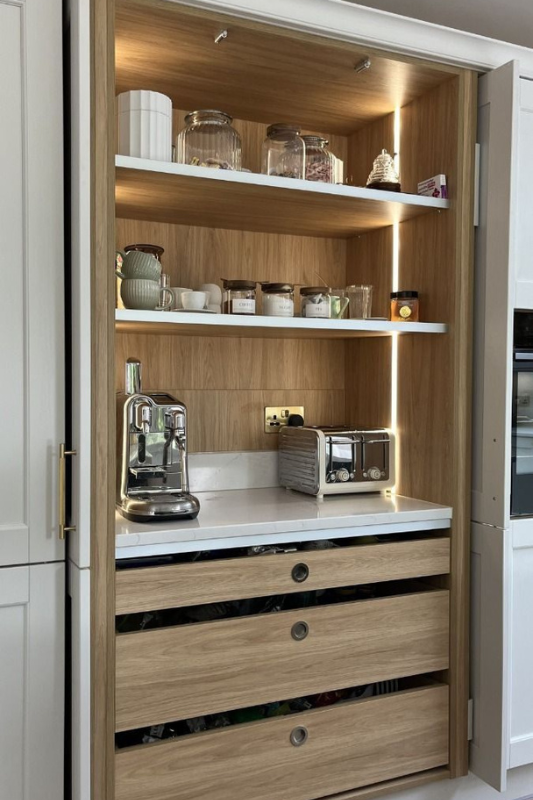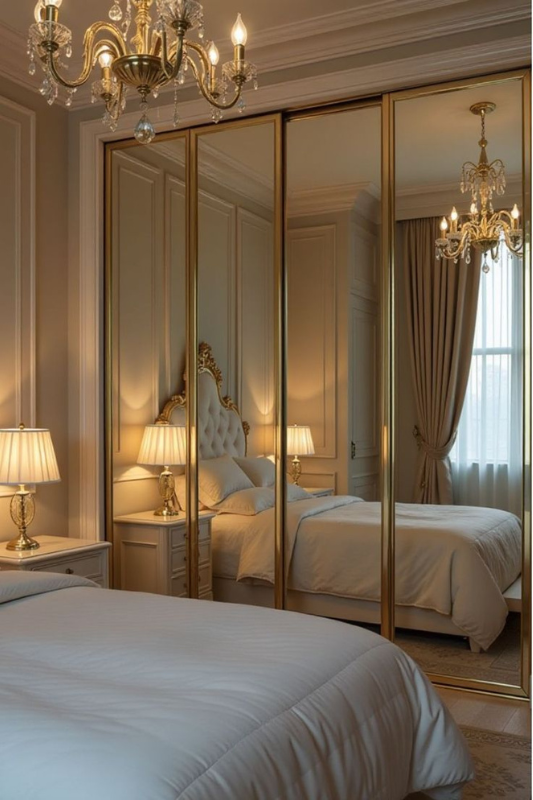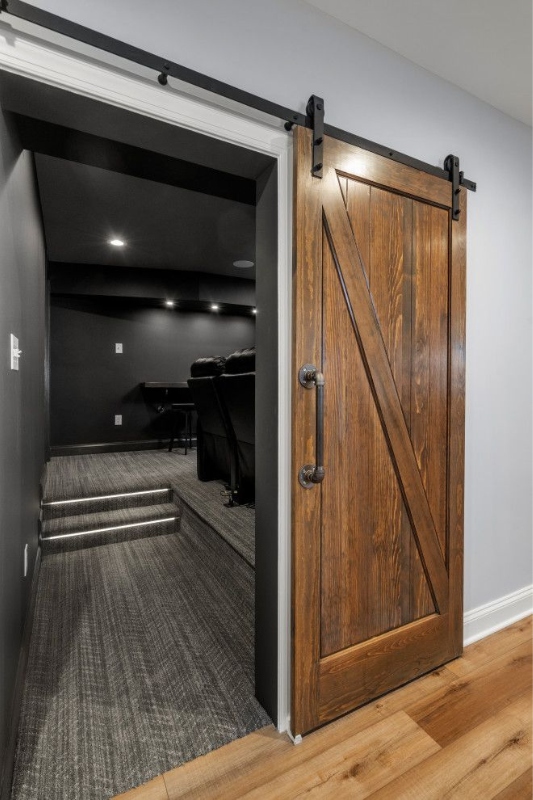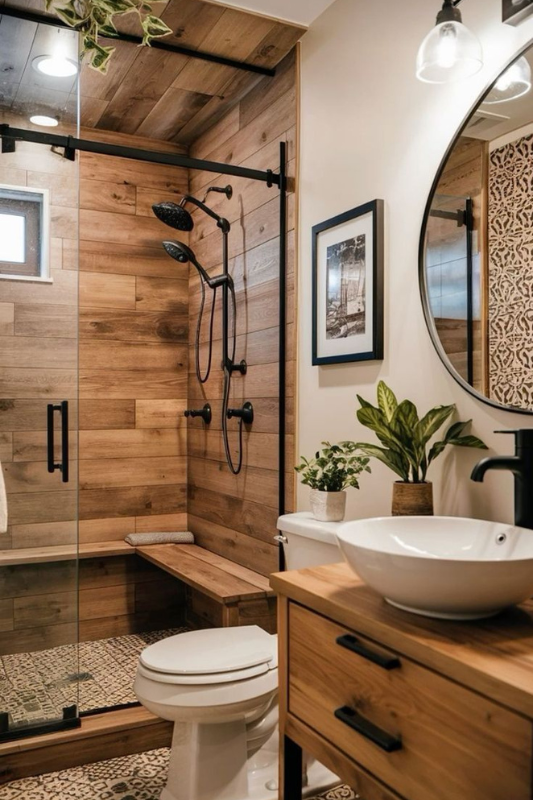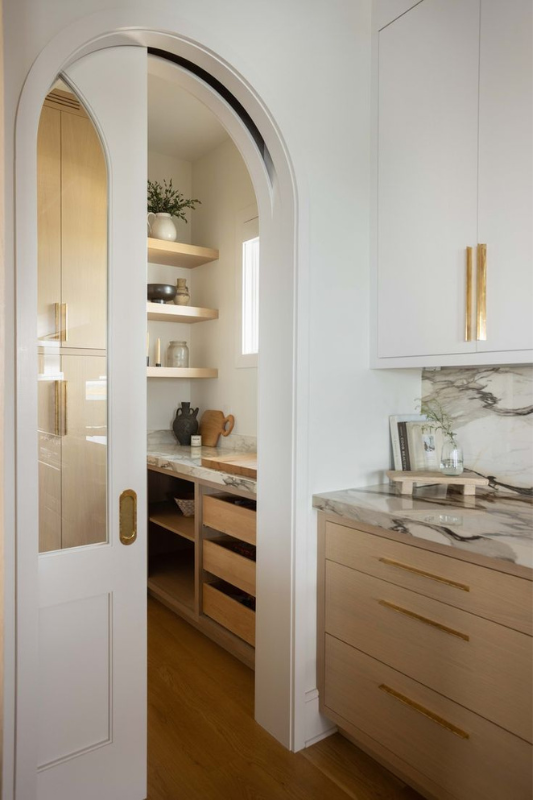If you’re looking to maximize space without compromising on style, the pocket door might just be your home’s hidden hero. These clever sliding doors disappear into the wall when open, offering a sleek, functional alternative to traditional swing doors. Ideal for small spaces, modern interiors, and even open-concept designs, pocket doors are making a stylish comeback in home design.
But what exactly is a pocket door, and why is it such a popular space-saving choice?
What Is a Pocket Door?
A pocket door is a sliding door that retracts into a “pocket” inside the wall instead of swinging open. Unlike barn doors or panel sliders that sit on the outside, a pocket door tucks away completely out of sight when open, offering a clean and seamless look. It’s mounted on a top track and glides horizontally into the wall cavity when pushed.
Pocket doors can be made from a variety of materials like solid wood, glass, MDF, or even mirrored panels and they’re available in both single and double configurations, depending on your needs.
Why Choose a Pocket Door?
1. Saves Valuable Floor Space
Because pocket doors don’t swing out, they free up floor space that would normally be blocked by a traditional door’s path. This is especially helpful in small bathrooms, laundry rooms, pantries, and closets.
2. Improves Traffic Flow
In tight hallways or rooms with multiple doorways, pocket doors prevent congestion and allow for smoother movement through your home,no more bumping into open doors or squeezing past.
3. Adds a Modern, Minimalist Look
Pocket doors are visually clean and unobtrusive, which makes them perfect for modern, Scandinavian, or minimalist interiors. With no hinges or bulky frames, they offer a streamlined, elegant finish.
4. Provides Flexible Privacy
Need an office to feel open during the day and private during meetings? Pocket doors offer the best of both worlds, they can disappear when not needed and slide shut for instant privacy.
Things to Consider
Installation Complexity: Installing a pocket door often requires modifying your wall structure, so it’s easier during a renovation or new build.
Wall Constraints: Not every wall can house a pocket door, you’ll need space without wiring, plumbing, or load-bearing elements.
Hardware Matters: Invest in smooth-glide tracks, quiet rollers, and quality handles to ensure longevity and easy operation.
Where Pocket Doors Work Best
-
Small ensuite bathrooms
-
Laundry closets
-
Pantries
-
Home offices
-
Walk-in closets
-
Connecting living rooms and dining rooms (with double pocket doors)

